I think it goes without saying that I love clawhammer banjo.
But I happen to be a huge fan of fingerstyle banjo, too. Truth be told, I love just about every sound that can come out of a banjo. There’s seemingly no end to the number of ways you can make great sounds on the 5-string.
In fact, part of the charm of our beloved instrument is just how many idiosyncratic ways of playing it that folks have dreamed up over the years.
When it comes to fingerpicking, one of my all-time favorite pieces has to be “Coal Creek March. ” The iconic version of this tune was first performed by Pete Steele, and then further popularized by Pete Seeger. To me, it’s part of a long line of flowing and hypnotic old time fingerpicked numbers that I could listen to and play all day. And I love to play this one fingerstyle myself.
However, there’s no reason the up-pickers should get all the fun! And this being the clawhammer tune of the week series, I decided I’d present this beautiful melody in downpicking style. Not just because it can be done, but because it sounds great when you do!
The tuning here is one you may not be familiar with, f#DF#AD. In other words, you’re tuned to an open D chord. It’s a great sounding tuning for the banjo, and fun to play around with.
It also lends itself to an economy of fretting hand work, given that you can make fully formed chords up and down the neck in the bar position.
The arrangement I have here, besides being rendered in clawhammer style, is also an amalgamation of various versions of this tune I’ve heard over the years, including Pete’s (Steele, that is) original, of course (for more on the history behind this tune, go here).
Coal Creek March
Brainjo level 3-4, f#DF#AD tuning
If you need any help decoding the tab, check out this “soup-to-nuts” guide to reading banjo tab.
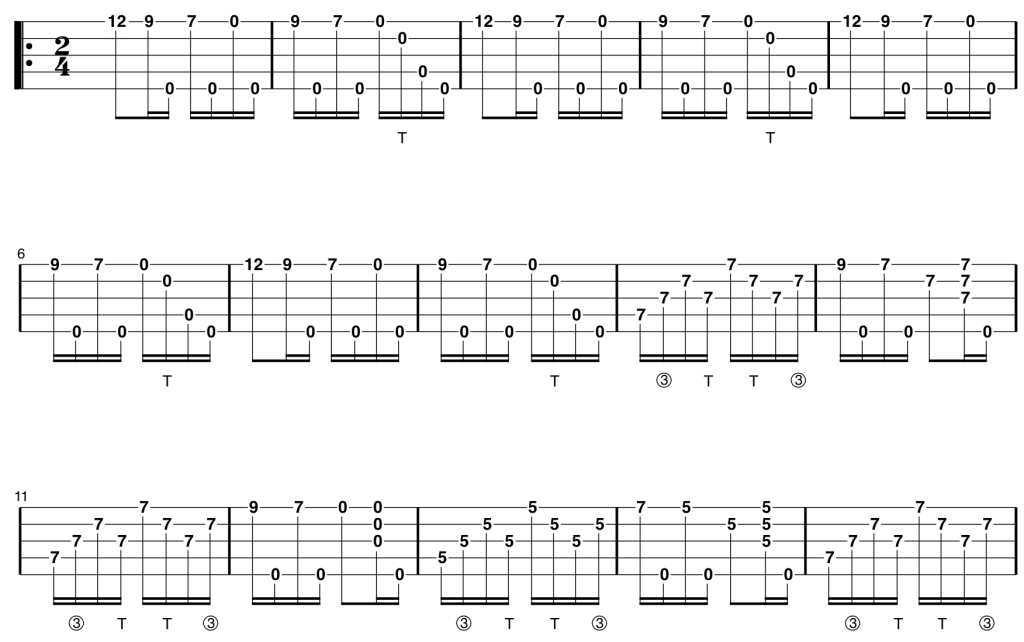
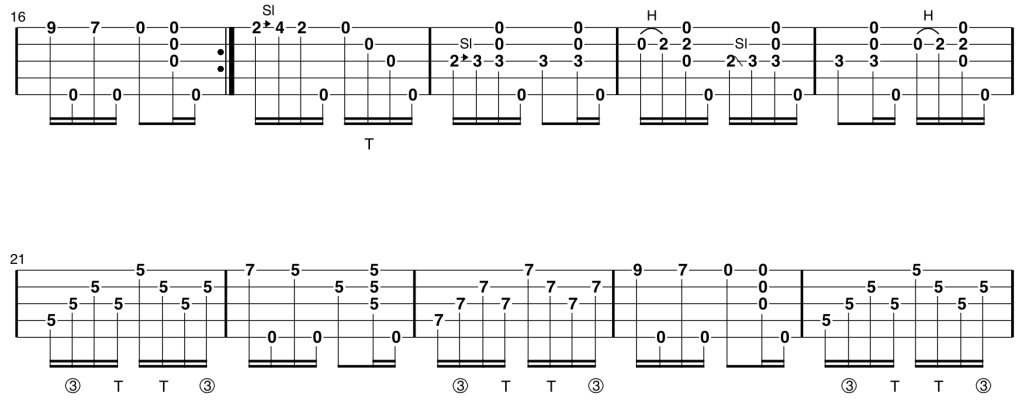

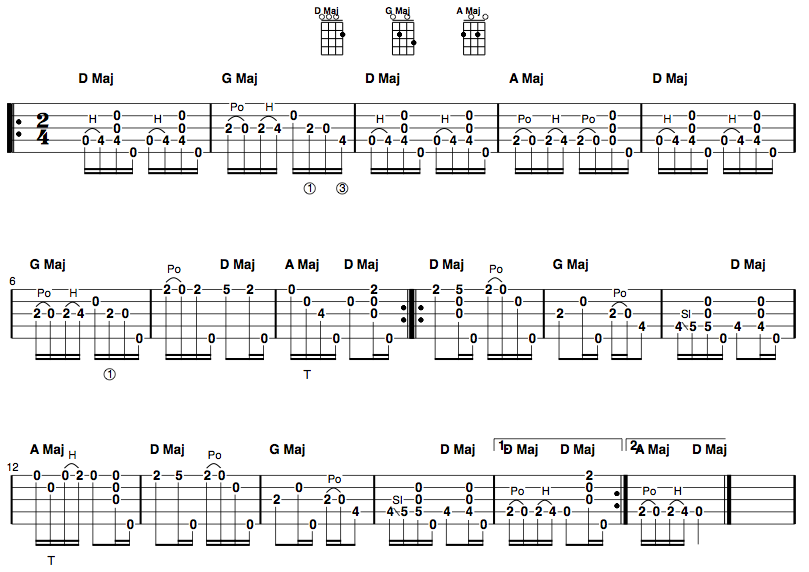

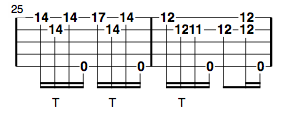
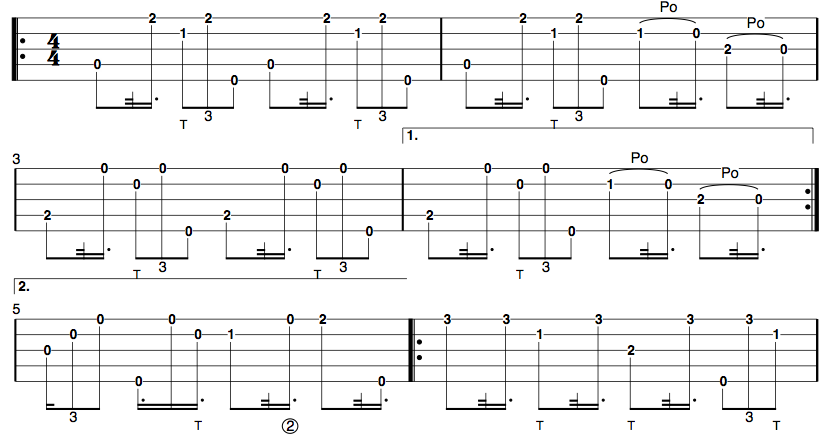
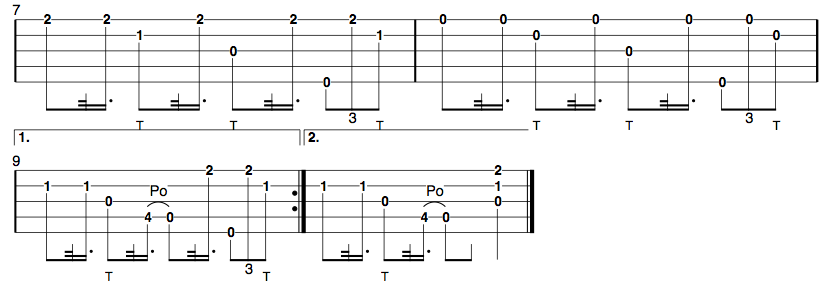
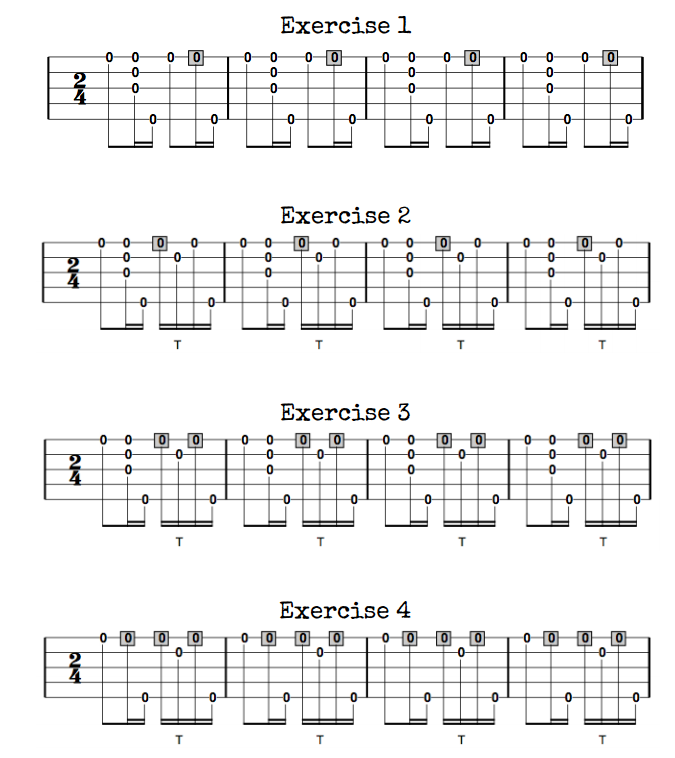
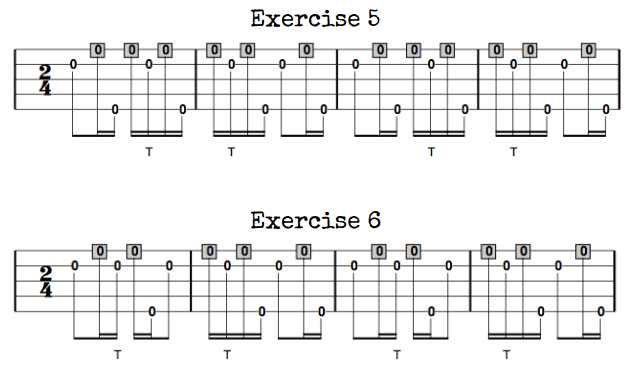
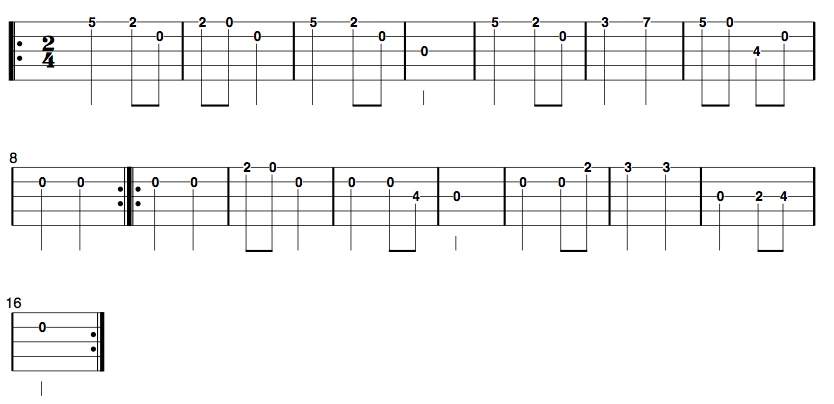 Step 3 – Add Some
Step 3 – Add Some 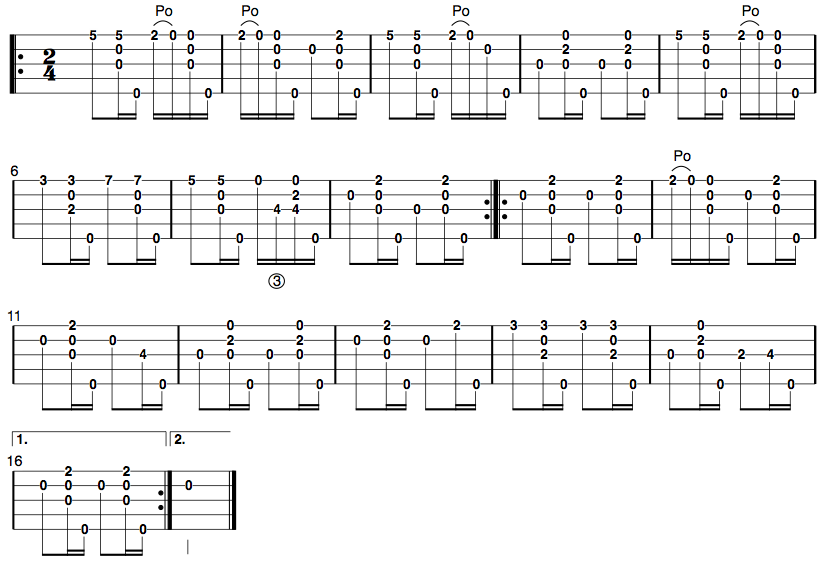 Step 4: Embellish to Taste
Step 4: Embellish to Taste